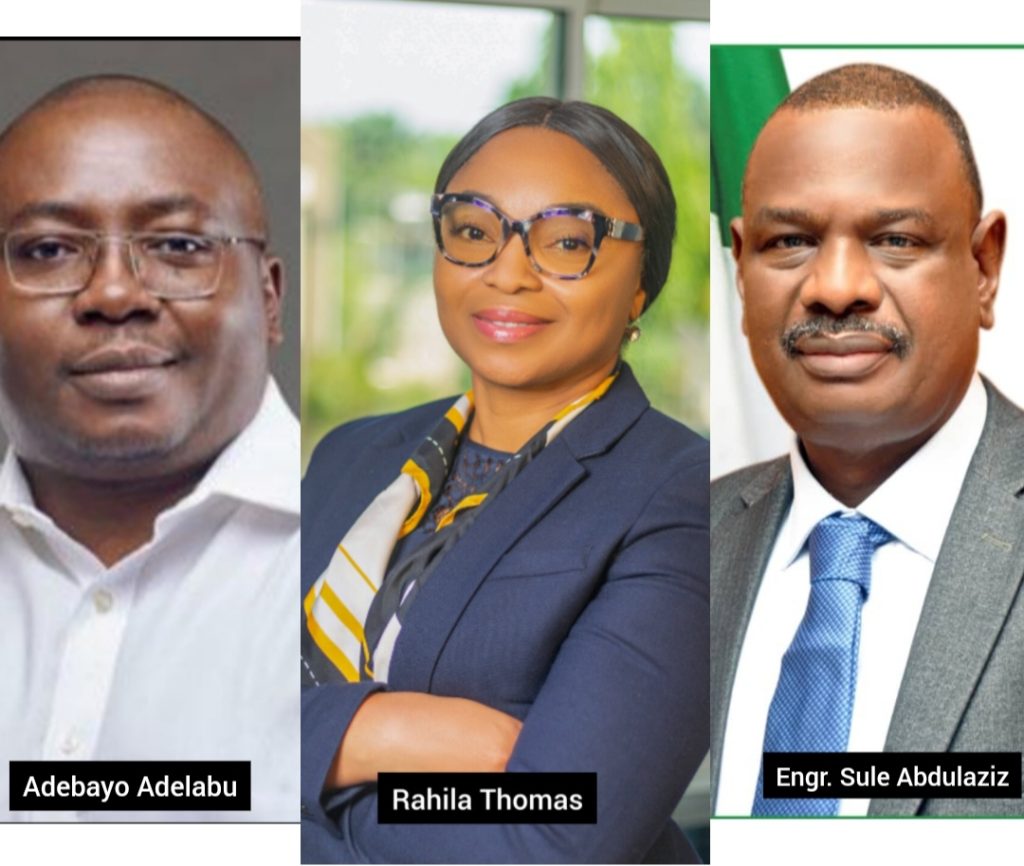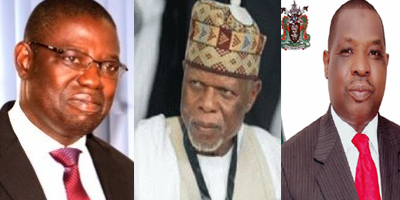Can Cost-reflective Tariffs Be Panacea For Nigeria’s Electricity Woes?

To say that the Nigerian Electricity Supply Industry (NESI) is in a mess currently, would be stating the obvious. A nation of over 200 million people, the citizens depend on just 4,000mw of electricity supply to power their homes and businesses.
As expected, the near lack of power in Nigeria has further compounded its development crisis and has kept the dream of having a good industrial base unachievable.
Despite literally pumping money into the sector, to the tune of over N3 trillion in the last few years, not much has been achieved in terms of expansion of infrastructure in the entire value chain. Today, most homes and businesses spend fortunes in self-generated power, which also comes with its attendant hazards.
In 2013, Nigeria decided to privatise the sector. But 10 years after, the expected yields from the privatisation of the NESI have been hampered, in part, by the inability of the Distribution Companies (Discos) to charge cost-reflective tariffs.
As a result, all operators in the NESI value chain have been affected, effectively constraining investment in the downstream, comprising the Discos; midstream, where the Transmission Company of Nigeria (TCN) holds sway and upstream segment, comprising the gas producers and Generation Companies (Gencos).
With such constraints, although total national installed generation capacity stands at 13,000MW, Nigeria barely manages to get a third of that to where power is needed. The rest is stranded.
Thus, what this means is that there’s a misalignment of the entire value chain from gas to consumers. Without cost-reflective tariffs, the federal government has been forced to subsidize the real cost of electricity.
An energy expert and Country Director, Energy Market and Rates Consultants Limited (EMRC), Rahila Thomas, believes that in some way, this has hampered the operation and growth of the power sector.
“Every six months, the regulator is expected to review the tariff using economic indices to bring pricing to market level. Some of these variables are inflation, forex, and generation capacity.
“A review ought to have happened in July and the realities of the inflation and forex mean that tariff ought to have gone up. But for political reasons, this hasn’t been done. Government is now paying subsidies that have amounted to N3.34 trillion. Out of that, the government has paid N2.8 trillion to support tariff.
“Unfortunately, all these monies are resting on the books of the Discos and have impaired their ability to attract funding to improve their networks,” Thomas who spoke during a panel session at the just-concluded NESI roundtable in Abuja said.
Power supply remains a long term business. So, experts have argued that deploying short term loans will not work. What the sector needs are long term-loans at reasonably low interest rates by operators in the industry, which will assist them to scale up their business, roll out new network infrastructure, as well as upgrade and maintain existing infrastructure.
As it is, Gencos and Discos cannot meet their operating costs, much less meet their capital expenditure requirements. Without the latter, Discos in particular are unable to upgrade and expand their networks to supply electricity to underserved and unserved households, businesses and industries in their respective franchise.
Besides, the inability of Discos to charge cost-reflective tariffs, has rendered their businesses ‘unbankable’ and impossible for them to raise debt from banks and capital markets, or even from prospective investors.
In this connection, the immediate past Managing Director, Abuja Electricity Distribution Company plc (AEDC), Adeoye Fadeyibi, pointed out that presently, only Ikeja, Eko and Abuja Discos can continue as a going concern, given the multifaceted problems.
Speaking during the three-day programme, he noted that negative cash flow in the industry was affecting operations and the ability to improve power supply to customers.
One other challenge that has hobbled the sector’s capacity to perform is that at the federal and state levels, ministries, departments and agencies owe the Discos hundreds of billions of naira and this has also constrained liquidity in NESI. With these legacy debts bogging down the sector, it’s not likely to make any headway soon.
Besides, part of the operation of the power sector is dollar-denominated. The federal government has to bear in mind that most of the equipment, plants and machinery used in the power sector are imported.
This means that a huge percentage of capital expenditure requirements of operators is in dollars. Therefore, as long as the naira continues to depreciate against the dollar and inflation continues to rise, tariffs would have to be adjusted to reflect market realities.
“However, if it is the government’s desire to make cheap electricity available to Nigerian consumers, then it would either have to continue subsidising the cost of generation, providing FX to operators at a subsidised exchange rate, or subsidising the cost of gas.
“But it should bear in mind that any of the choices it takes, will come at a hefty cost to the treasury, is prone to abuse, and may not be sustainable in the long run,” a close observer of the sector said.
While there have been attempts at ramping up the provision of meters in the last few years, to make it easier, government must continue to roll out policies to support Meter Access Providers (MAP).
Furthermore, this will help manufacturers through either the outright removal or imposition of lower excise duty on the metering components that they import, while the Discos should find a way of cascading the cost of metering customers it into the tariffs.
There have also been calls for the consolidation of the Presidential Power Initiative (PPI) including the Siemens deal and any other power sector intervention programmes such as the central bank’s intervention initiatives and the USAID’s Nigerian Power Sector Programme (NPSP).
Experts argue that they should be made to align with what the Nigerian Electricity Regulatory Commission (NERC) and the World Bank have done under the Power Sector Recovery Programme (PSRP) to prevent disjointed arrangements. Even at that, cost-reflective tariffs will still be necessary for Siemens’ investment under the PPI to be commercially viable.
The Group Managing Director of Sahara Group, with interests in Egbin Power and Ikeja Disco, Mr Kola Adesina, appear to agree with some of the actions and steps listed to rescue the sector.
The businessman stressed that there must be alignment of the entire value chain from gas to customer , while pricing must be segmented and must reflect market realities as well as align with the customer experience.
He also suggested that electricity consumers in Nigeria must be turned to paying customers, advising that technology must be introduced to deliver optimum service.
In addition, he argued that while government institutions and agencies must pay for electricity supply and access to forex must be given to the power sector, policies and regulations must be stable and predictable.
“ Economies/industrial and commercial entities must be prioritised in terms of supply. Legacy debts must be cleared. Investor confidence must be assured,” he advised.
If the industry must improve, it is also largely believed that Discos must improve their service delivery by upgrading their substations and other distribution infrastructure and use technology to reduce ATC&C losses.
“It is not enough to push for cost-reflective tariffs if they are not prepared to improve efficiency and reduce losses arising from technical and billing issues within their franchise. Estimated billing remains unpopular among consumers, so Discos cannot leave the rollout of post and prepaid meters to MAPs alone,” one expert said.
In addition, the TCN remains the weakest link in the entire electricity value chain. Management of the national grid has left much to be desired, which is evident in frequent system collapses.
If the TCN is not restructured to be responsive and its network expanded to roll out more than its current capacity of 5,200mw, the Electricity Act 2023, which empowers state governments to generate and distribute electricity in their states, could render it redundant in five to 10 years time.
But in relative terms, the Gencos have outperformed the other segments of the entire value chain. Perhaps, worthy of mention among them are: Egbin, Mainstream, Geregu and Ughelli, which have done better than others.
As for the last mile service providers, Eko and Ikeja Electric have also distinguished themselves as major players in the sector. —ThisDay.







